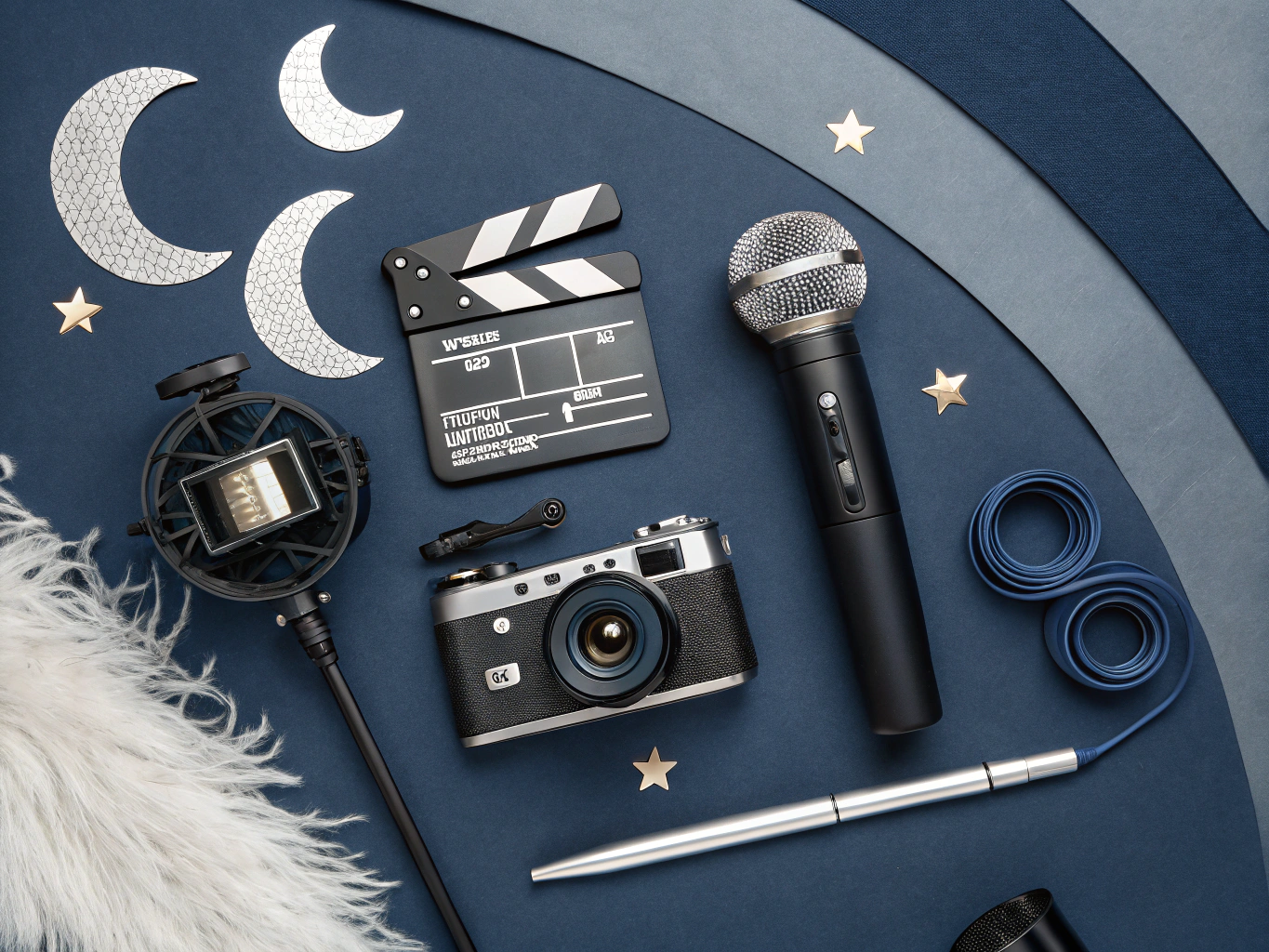From Pixels to Motion: The Art and Science of Image-to-Video Conversion
Imagine being able to transform a simple static image into a dynamic video. Sounds like something out of a science fiction novel, doesn’t it? The reality is, we’re closer to this than you might think. The process of image to video convert online is a fascinating intersection between AI, creativity, and marketing potential. To explore more about these technological advancements, you might want to check out the Blog Archives – theOnceandFuturePodcast.
The Magic Behind the Curtain
Let’s delve into the mechanics a bit before we get carried away with possibilities. At the heart of image-to-video conversion lies a blend of machine learning algorithms and creative software that work together to animate still images. These systems analyze the content, recognize patterns, and generate motion in a way that looks natural—or at least attempts to. It’s the technological equivalent of teaching a robot to dance.
Yet, much like a toddler’s first steps, these animations can be unpredictable. The AI might decide that your family portrait would look better with an extra arm waving in the background. These quirks, however, underscore the potential of AI as a tool that surprises and delights, even if it occasionally stumbles.
Why Should Podcasters Care?
For podcasters, especially those at the intersection of storytelling and marketing, this technology opens up new dimensions. Imagine supplementing your audio content with vivid, engaging visuals that draw your audience deeper into your narrative. It’s not just about adding pizzazz; it’s about crafting a more immersive experience that can captivate listeners and viewers alike.
Moreover, the ability to turn a static podcast cover into a moving visual can enhance brand recognition and retention. It adds an extra layer to your storytelling arsenal, one that can be leveraged to maintain audience engagement in a visually-driven digital age.
Navigating the Learning Curve
As with any emerging technology, there is a learning curve. The tools available for image-to-video conversion range from user-friendly apps to complex software suites that require a bit more technical know-how. But fear not—think of it as teaching your AI intern a new skill. With a little patience and experimentation, you can unlock a powerful new tool for your marketing toolkit. If you’re interested in insights from industry experts, take a look at Angie Lynn, Author at theOnceandFuturePodcast.
Actionable Recommendations
- Start Small: Experiment with converting a simple image related to your podcast theme. Observe the results and refine your approach as needed.
- Engage with Your Audience: Consider running a campaign where you share these animated visuals with your audience and gather feedback. This could provide insights into what resonates and what could use improvement.
- Leverage Tutorials: Many platforms offer tutorials and community support. Dive into these resources to become proficient in image-to-video conversion.
- Incorporate Feedback: Use audience feedback to iterate and enhance your visuals continuously.
In the end, the journey from image to video is not just about technology—it’s about transformation. Embrace the quirks, learn from the process, and let your podcast storytelling evolve in ways you hadn’t imagined.
Checkout ProductScope AI’s Studio (and get 200 free studio credits)

